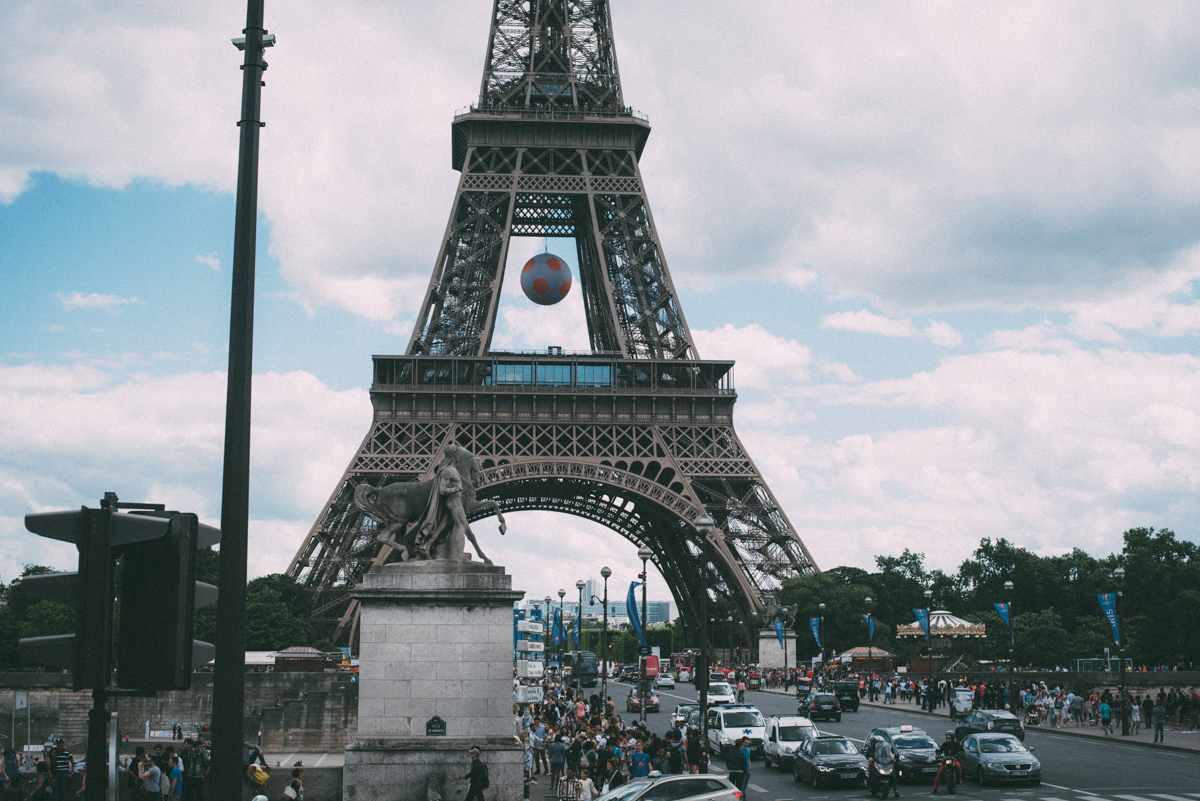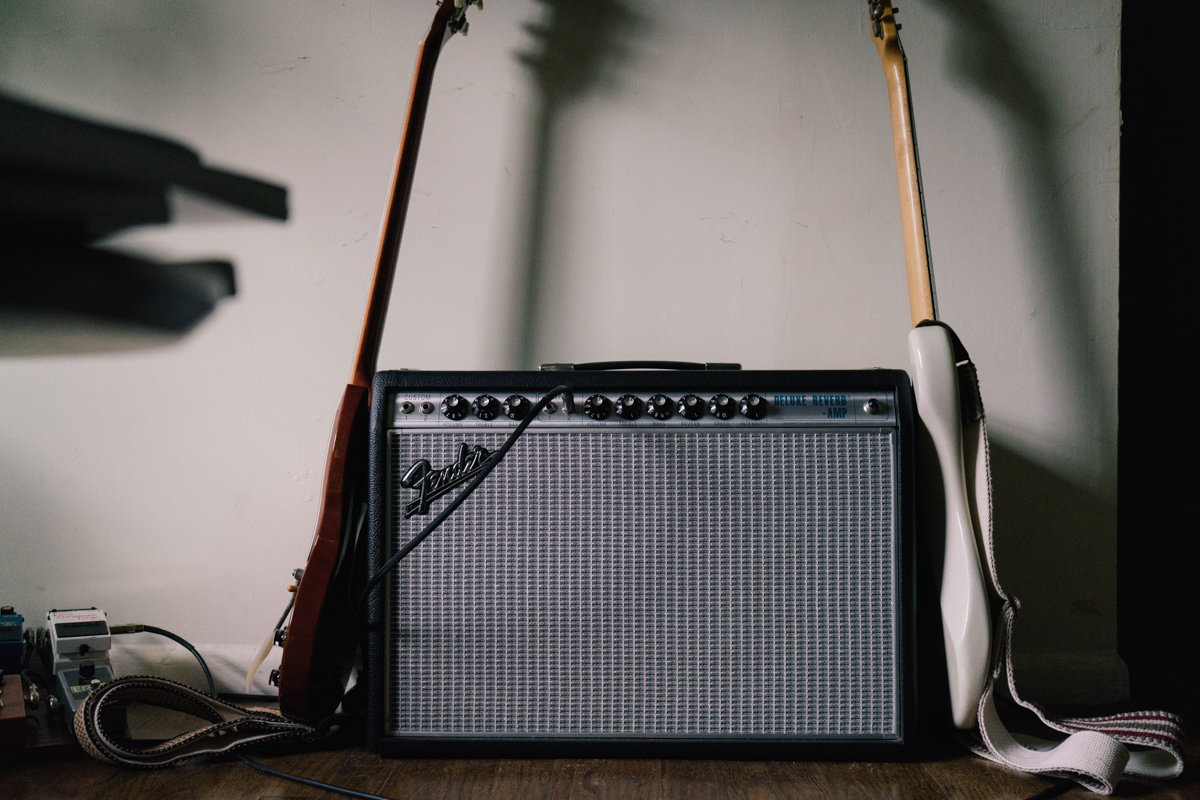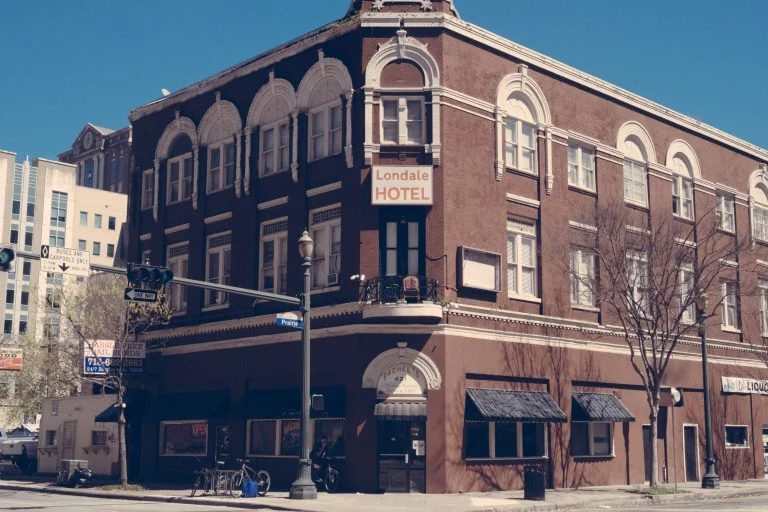If you’ve spent any amount of time with a photographer, you’ll have no doubt heard about their preferred brand of camera and why it’s the best thing to use.
For me that was Nikon. I started with a little Nikon D3200 that was a perfect beginner camera. It had all the main manual functions that I knew how to use at a pretty low price point.
After that, I picked up a Nikon D750 and was entirely in love with it. I paired it with a 24-120mm f/4 zoom lens, a 50mm 1.8 and an 85mm 1.8 D series lens. The 85mm was my absolute favorite, and I couldn’t get enough of its swirly bokeh and tack sharpness.
Shot with a Nikon D750 with a Nikon 24-120mm lens in Austin, TX.
The D750 was the perfect mix of functionality, style, and effectiveness. I was able to capture 1080p video with the ability to switch quickly back to a brilliant portrait style camera.
Travel
Shot with a Nikon D750 with a 50mm 1.8D lens in Paris, France.
In 2016 I packed up my D750 and a single 50mm lens for a trip to Paris and Amsterdam. The ensuing photos are some of my absolute favorites, but the experience of carrying around the D750 with a small lens and battery pack was less than ideal. More and more I found myself trying to pare down my kit for a lighter travel load, and the D750 wasn’t cutting it.
A full day of walking around the canals of Amsterdam left me with a pretty sore neck and back.
Video
Another breaking point was the inability to shoot 4K video and Nikon not having a line of dedicated cinema cameras. I didn’t want to invest more money in a system that wasn’t compatible with my future endeavors. Canon has the C-series line of pro camcorders, and Sony’s FS camcorders are quickly catching up while Nikon focuses mainly on DSLR’s.
Finding a Replacement
I narrowed my options down to the Canon 5D Mark IV and the Sony a7Rii, but after going into a store and handling both cameras, the small form factor of the mirrorless Sony easily won out over the bulkier Canon.
I based a lot of my decision on ease of use when traveling and the a7Rii beat the 5D Mark IV on size alone. I pack almost exclusively in a carry-on so space is premium and the smaller footprint of the Sony won out.
Shot with the Sony a7Rii with a Sony 50mm 1.8 lens in Seattle.
My kit now consists of the Sony a7Rii with a Sony 50mm 1.8 and the new Sony 24-105mm f/4 which has been incredible.
Lens Mount
One of my favorite things about the Sony system is its ability to accept other company's lenses through adapters. You can put an adapter on a Nikon, but you lose a lot of the functionality. With something like the Metabones EF to E T Smart Adapter you can use all the autofocus functions of Sony cameras while using newer Canon lenses.
Shot with a Sony a7Rii with a Metabones T Smart Adapter and a Canon 70-200mm IS lens in Houston.
Drawbacks of the Sony a7Rii
My biggest qualm with the a7Rii is that its small size means that battery life is pretty awful, especially when shooting video. The batteries themselves are tiny and don’t hold a charge for very long. I’ve found a bit of a compromise by rigging up an external battery pack that extends my shooting by a ton, but it adds to the bulk. To be clear, it’s only a small problem, but can be annoying when traveling and not going back to your home base all day long.
The new Sony a7iii has a unique style battery that is said to almost double the battery life of the NP-FW50 battery that fits the a7Rii, which I’m eager to try out. You can read more about the new a7iii here.
Shot with Sony a7Rii with a Sony 50mm 1.8 lens in Seattle.
Conclusion
I’ve had my Sony setup for about seven months now, and I can’t remember a single time when I’ve regretted the switch from Nikon. After spending some time traveling with the new setup, the smaller weight, superior video specs, and fabulous low-light capabilities have only confirmed that I made the right choice.
Now to get my hands on a Sony FS5 and see how my set of lenses looks on a full-fledged pro cinema camera.













